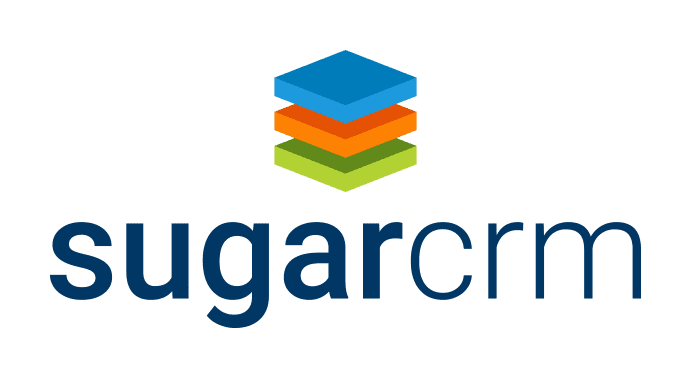Accounting may not be the most glamorous part of running a nonprofit, but it’s critical for achieving organizational goals and making meaningful impact. But with the rise of digital tools and technologies, nonprofit accounting is transforming.
So, what do nonprofit executive directors need to know about accounting in the digital age?
Obviously, nonprofit accounting is different from traditional for-profit accounting. Nonprofits have unique financial structures, goals, and obligations that require a different approach to accounting. And in the modern era, nonprofit accounting is transforming with the increasing availability of digital tools and cloud-based software.
And these digital tools are changing nonprofit accounting.
Dive Deeper: Think nonprofits can’t take advantage of automation? Think again…
Nonprofit Accounting vs. For-Profit Accounting
Nonprofit accounting differs from for-profit accounting in several distinct ways. The most significant difference is the purpose of accounting.
- For-profit accounting is primarily concerned with generating profits for the owners and shareholders of a business.
- Nonprofit accounting, on the other hand, is concerned with stewardship, accountability, and transparency.
Here are some of the other key differences between nonprofit and for-profit accounting:
- Stewardship: Nonprofits are accountable to their donors, stakeholders, and the public and, as such, place a greater emphasis on stewardship, which means managing funds responsibly and using them to advance the organization’s mission. Nonprofits must maintain accurate records of all financial transactions and be able to demonstrate that funds are being used for their intended purpose.
- Fund Accounting: Nonprofits often use fund accounting to track funds separately based on their intended purpose, allowing them to demonstrate to donors and stakeholders how funds are used for specific programs or projects.
- Revenue Recognition: Nonprofits often receive revenue from sources other than sales of goods or services, such as grants, donations, and contributions so nonprofit accounting requires a different approach to revenue recognition. Nonprofits must account for revenue and expenses following the Generally Accepted Accounting Principles (GAAP) and must demonstrate that funds are used in a way that aligns with their mission.
- Restricted Funds: Nonprofits often receive donations that are restricted in their use. For example, a donor might specify that their contribution can only be used for a particular program or project, so, in that case, it requires that these funds be accounted for separately and that the nonprofit demonstrates that they are used per the donor’s wishes.
Modernizing Nonprofit Accounting
The digital age has brought significant changes to nonprofit accounting, providing new opportunities for nonprofits to improve their financial management and achieve their mission. Cloud-based accounting software and digital tools offer several advantages over traditional accounting methods, including greater accessibility, real-time data, and improved accuracy.
Here are some ways nonprofits are modernizing their accounting practices:
- Cloud-Based Accounting Software: Cloud-based accounting software allows nonprofits to manage their finances from anywhere with an internet connection, providing real-time access to financial data and enabling nonprofits to make informed decisions and respond quickly to changes in their financial situation.
- Digital Payment Processing: Nonprofits can now accept donations and payments online, streamlining the payment process and improving cash flow. Digital payment processing also allows nonprofits to track donations more accurately, reducing the risk of errors and increasing transparency.
- Data Analytics: Nonprofits can use data analytics tools to analyze financial data and identify trends and patterns. By leveraging data analytics, nonprofits can make informed decisions about their finances, identify areas for improvement, and optimize their fundraising efforts.
Best Practices for Nonprofit Accounting
Modernizing nonprofit accounting through digital tools and technology can help improve financial management, increase transparency, and achieve their mission more effectively. And by leveraging the advantages of digital accounting, nonprofits can streamline their financial operations and focus on what they do best – serving their communities.
But it requires clear policies and procedures, careful planning, and a commitment to transparency and accountability.
Here are some best practices for nonprofit accounting:
- Develop Clear Financial Policies and Procedures: Nonprofits should establish clear financial policies and procedures to guide their accounting practices. These policies should cover all aspects of financial management, from budgeting and reporting to donor relations and compliance. Having clear policies and procedures can help ensure consistency and accuracy in accounting practices.
- Implement Effective Budgeting and Financial Planning: Organizations should establish a budget and financial plan that aligns with their mission and goals and allocations based on realistic revenue projections and include unrestricted and restricted funds.
- Ensure Financial Transparency and Accountability: Nonprofits should be transparent about their finances and ensure that donors and stakeholders can access accurate financial information. This can include publishing financial reports, making financial information available on the nonprofit’s website, and providing regular updates on financial performance.
- Use Accurate and Timely Financial Reporting: Organizations should generate accurate and timely financial reports that provide an overview of financial performance, prepared per GAAP, and include information on revenue, expenses, assets, liabilities, and net assets.
As we’ve seen, nonprofit accounting differs from for-profit accounting, especially in accountability. Today’s nonprofits have access to various digital tools and technologies to streamline unique accounting practices, from cloud-based accounting software to data analytics tools.
In the end, nonprofit accounting is about more than just managing finances – it’s about demonstrating accountability and transparency, building trust with donors and stakeholders, and making a meaningful difference in the world. By embracing the opportunities of the digital age and following best practices for nonprofit accounting, nonprofits can achieve these goals and achieve a more significant impact in their communities.

